HEALTH & WELLNESS

TRENDING

SIGN UP and Start Receiving
Our Monthly Newsletter,
The Chronicles
ASK A VET WITH DR SUZE – PERIODONTAL DISEASE
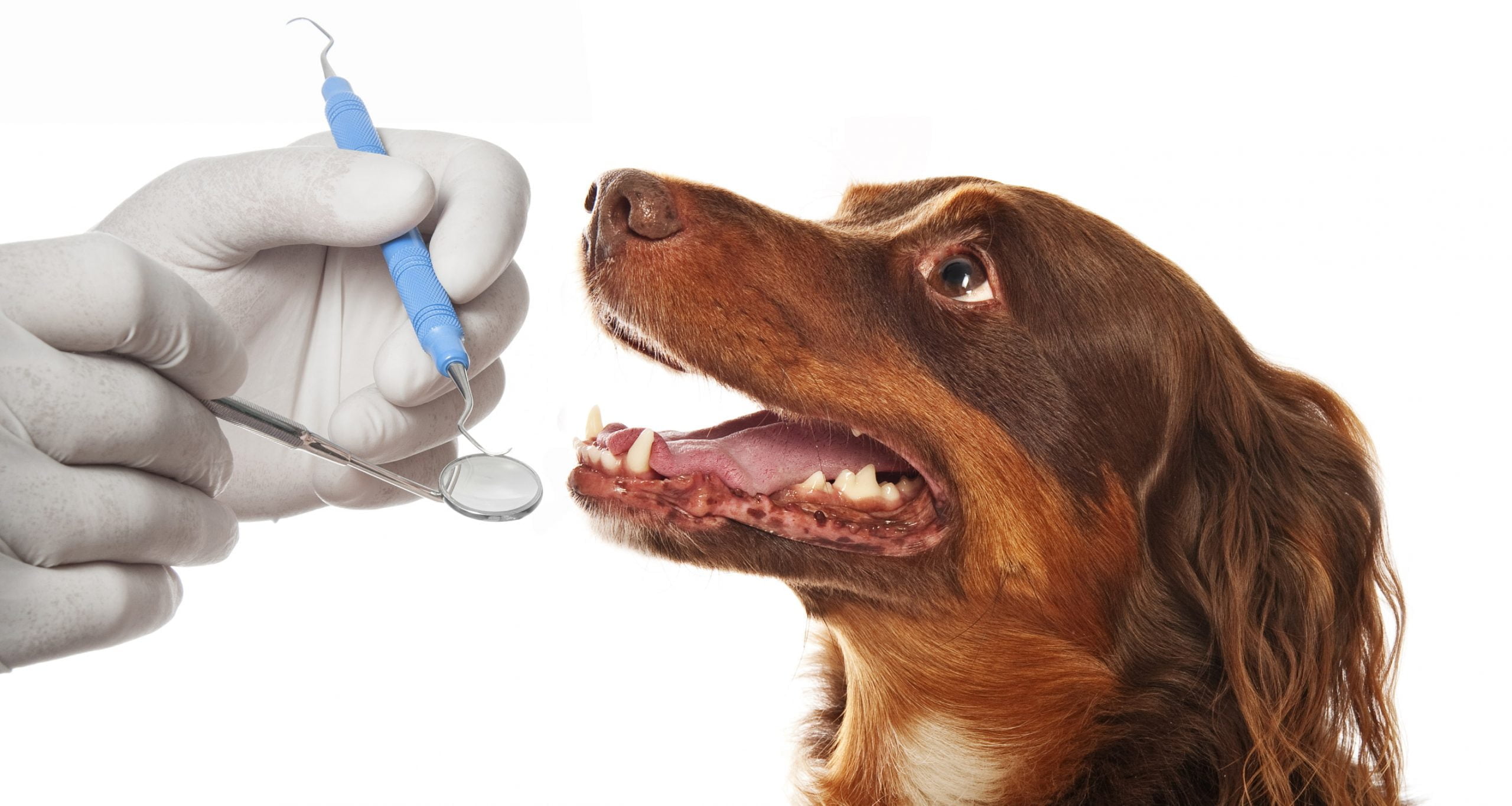
DID YOU KNOW:
Periodontal disease is the number one health problem in our small animal patients1 and that by two years of age, 70% of cats and 80% of dogs have some form of periodontal disease2. Small and toy breeds are particularly susceptible3.
Periodontal disease is the infection of structures that surround the tooth, which include the gums, dental ligament and bony tooth socket. Periodontal, derived from ancient Greek, literally means “around the tooth”. There are two stages. Gingivitis is the initial, reversible phase where inflammation is confined to the gum. If left unchecked, the inflammation spreads to the deeper structures resulting in periodontitis, the second stage.
Periodontal disease is initiated by bacterial changes that occur due to excess plaque accumulation. Plaque is a biofilm of saliva, oral bacteria and complex sugars which attach to clean teeth within 24 hours. Regular tooth brushing disrupts the biofilm, preventing plaque build-up. Plaque cannot be easily seen with the naked eye initially, but after a few days it can be detected visually and eventually it mineralises to form tartar. Gingivitis can develop as early as two weeks.
Periodontal disease can have local and generalised health implications for your pet. Locally some examples include abscesses, fractures, bone infections and oral tumours. Systemic diseases linked to periodontal disease include kidney, liver, lung, and heart diseases, as well as adverse effects on pregnancy and diabetes.
Advanced signs of dental disease include: bad breath, a red gumline, oral bleeding, hypersalivation, a preference to chew on one side, facial swelling, reduced appetite or a preference for soft food, pawing or rubbing the face, or becoming sensitive to stroking the head. Early signs of dental disease are not as obvious and may only be picked up at your pet’s general health check.
Much can be done to address your pet’s oral hygiene. Firstly, it is important that your pet is assessed by your veterinary health care professional to assess and grade the level of dental disease that may be present, before formulating an oral healthcare plan that is tailored to your pet. Give your pet a reason to smile this pet dental health month! Discuss your pet’s oral health at their next check up!
Dr. Susanna Gamage BVSc MRCVS has over a decade of international veterinary experience and is the founding director of Dr. Suze – My Visiting Vet. Please note the information in this article is of a general nature and is not intended to be a substitute for professional healthcare advice. If you have specific concerns about your pet, you should always seek advice directly from your veterinary healthcare practitioner.
FOUR STAGES OF PERIODONTAL DISEASE
STAGE 1 | Gingivitis
Margin of attached gingiva (gum) is
inflamed and swollen. Plaque covering
teeth. Treatment can reverse condition.
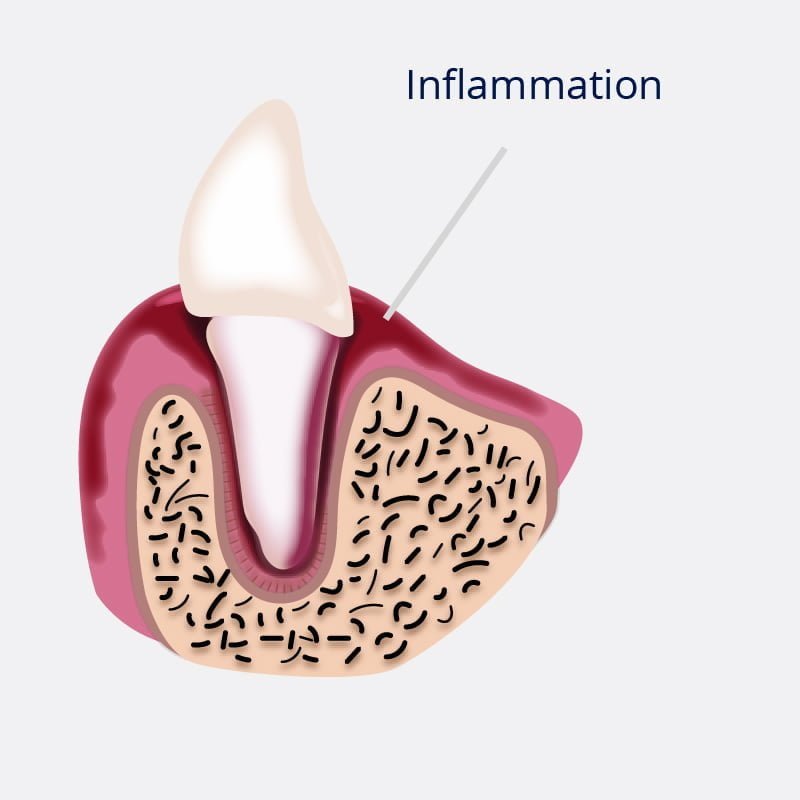
STAGE 2 | Early Periodontitis
Entire attached gum is inflamed and swollen.
Mouth is painful and odor begins to be noticeable.
Professional treatment and home dental care can
prevent this from happening.
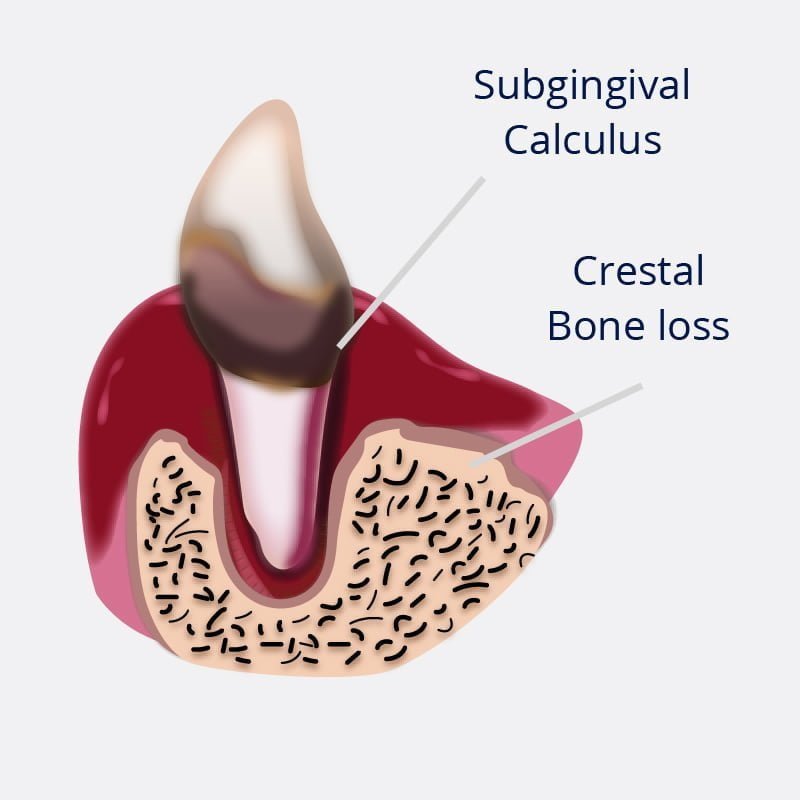
STAGE 3 | Moderate Periodontitis
Cherry red and bleeding attached gum is being
destroyed by infection and calculus (tartar). Sore
mouth affects eating and behavior. Bad breath is
present. Beginning of periodontal disease. May be
irreversible.
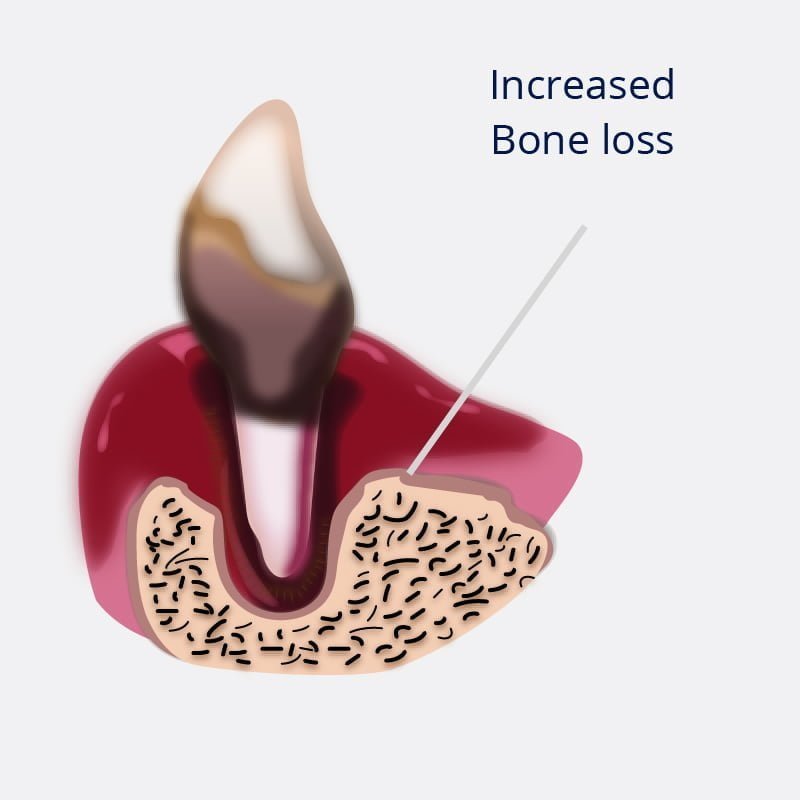
STAGE 4 | Advanced Periodontitis
Chronic bacterial infection is destroying the gum,
tooth & bone. Bacteria may be spreading
throughout the entire body via the bloodstream
and may damage the kidneys, liver and heart.
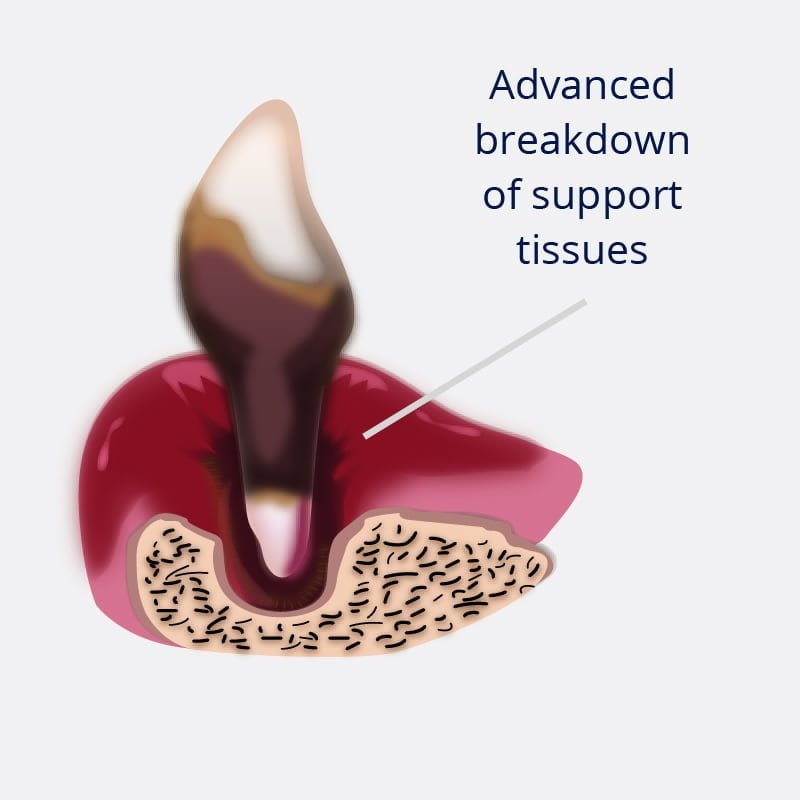
REFERENCES:
1. Lund EM, Armstrong PJ, et al. Health status and population characteristics of dogs and cats examined at private veterinary practices in the United States. JAVMA 1999; 214:1336-1341.
2. Wiggs RB, Lobprise HB. Periodontology. Veterinary Dentistry, Principals and Practice. Philadelphia: Lippincott – Raven, 1997, pp 186-231.
3. Hoffmann TH, Gaengler P. Clinical and pathomorphological investigation of spontaneously occurring periodontal disease in dogs. J Small Anim Pract 1996; 37:471-479.













